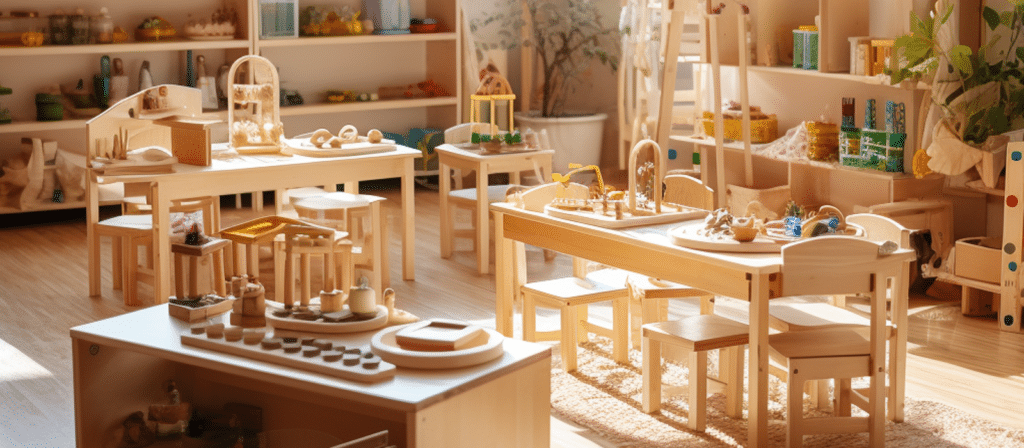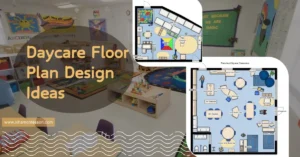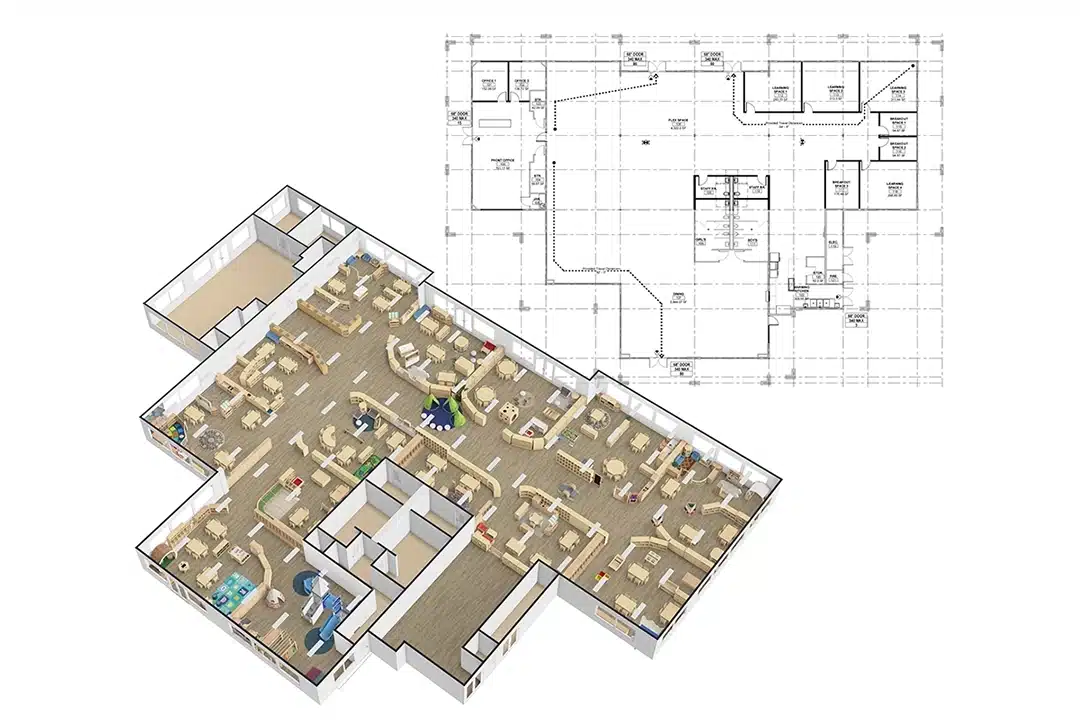Curious about how the right preschool furniture can foster social-emotional growth in young children? Join us on an insightful journey as we explore the impact of thoughtfully designed furniture on nurturing essential social and emotional skills in the early years.
Promoting Social-Emotional Learning with Preschool Furniture is a powerful strategy to create an environment that supports children’s emotional development, empathy, communication, and collaboration. With the right furniture choices, educators and caregivers can lay the foundation for lifelong social and emotional well-being.
Preschool furniture plays a significant role in creating a conducive environment for social and emotional learning. The design and layout of the furniture can greatly influence how children interact with their peers and engage in activities.
Did you know that the arrangement of furniture in a classroom can impact children’s social interactions?
Research has shown that a well-designed classroom layout can promote positive social behavior and improve learning outcomes. By creating different seating areas, such as cozy reading corners or group workspaces, children have the opportunity to interact with their peers in various ways. This promotes sharing, cooperation, and the development of important social skills.
Preschool furniture should also be comfortable and ergonomic, as physical comfort plays a significant role in children’s emotional well-being. When children are physically comfortable, they are more likely to be engaged and focused on their activities.
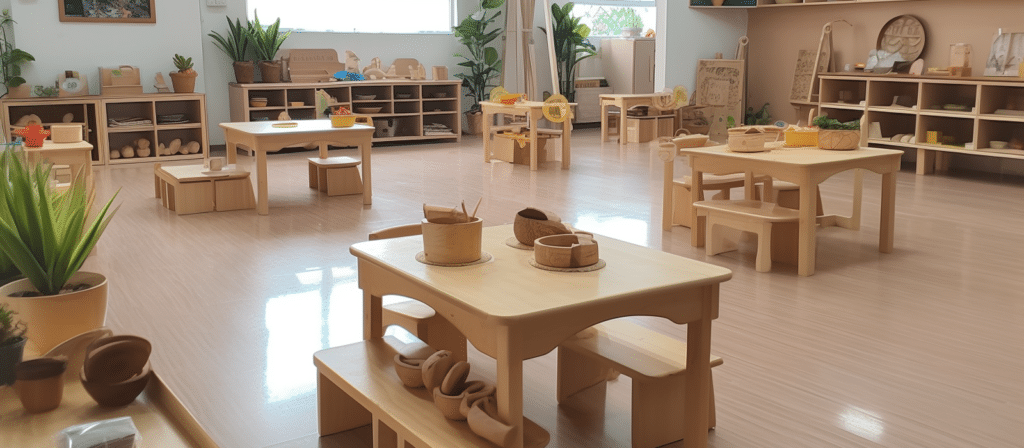
How does the design of preschool furniture impact children’s emotional well-being?
The design of furniture can evoke certain emotions and create a specific atmosphere in the classroom. Bright colors, soft textures, and playful designs can stimulate positive emotions and create a sense of joy and excitement. On the other hand, calming colors and natural materials can create a peaceful and relaxing environment, promoting emotional regulation and self-soothing. By carefully selecting the design elements of our furniture, we aim to create an emotionally supportive space for children to thrive in.
Preschool furniture can also be used as a tool to teach and reinforce social and emotional skills. For example, having a designated “calm-down” corner with comfortable seating and soft cushions can teach children how to manage their emotions and find healthy ways to self-regulate. Additionally, having furniture that encourages collaboration and teamwork, such as group tables or shared workstations, helps children develop important skills like communication, problem-solving, and empathy.
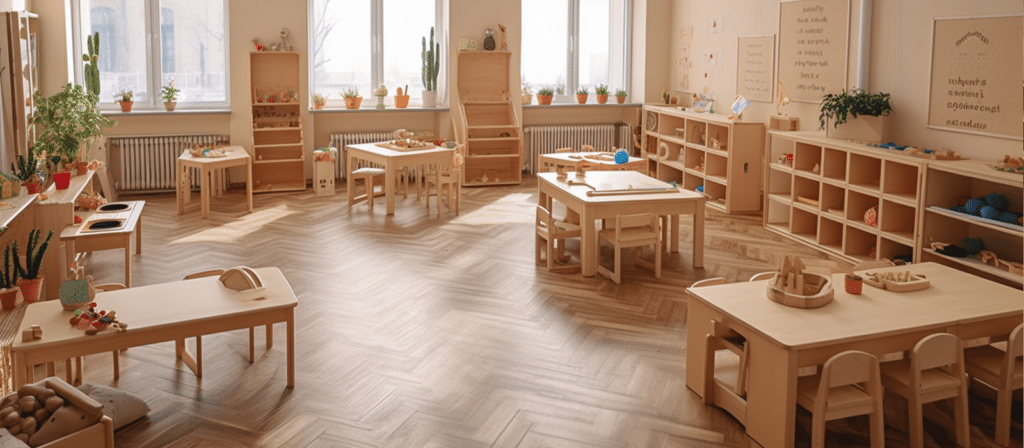
How can preschool furniture be used to promote social and emotional learning?
Here are a few practical examples:
- Circle Time Seating: Having a circle seating arrangement promotes inclusivity and encourages active participation during group discussions. It creates a sense of equality and encourages children to listen and respect each other’s opinions.
- Cozy Reading Nooks: Creating comfortable and inviting reading corners with soft seating and cushions promotes a love for reading and encourages children to explore their emotions through literature. It also provides a quiet space for children to reflect and relax.
- Collaborative Workspaces: Group tables or desks with shared materials promote collaboration and teamwork. It allows children to learn from each other, share ideas, and work together on projects. This fosters a sense of community and develops important social skills.
Conclusion
By thoughtfully selecting and arranging preschool furniture, educators and caregivers can intentionally create an environment that promotes social-emotional learning. Comfortable, collaborative, and emotionally supportive spaces enable children to develop vital skills such as communication, empathy, and self-regulation. Through purposeful furniture choices, we can inspire the growth of well-rounded individuals who are not only academically proficient but also emotionally resilient and socially competent.

